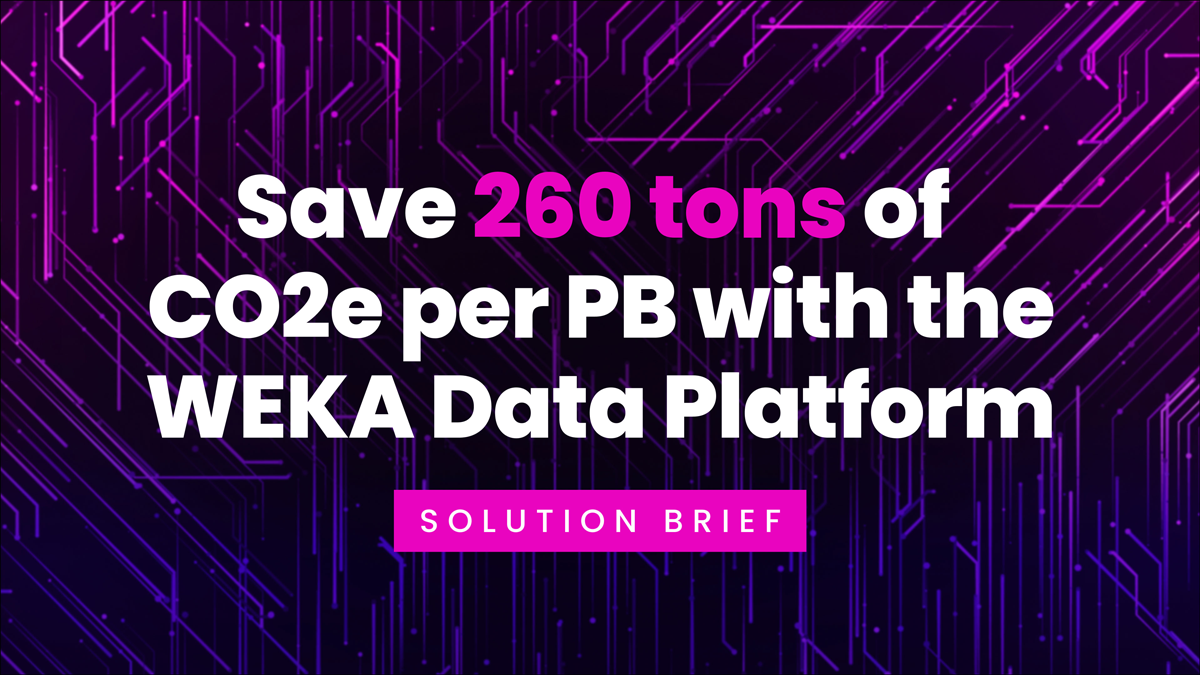Machine Learning In The Cloud: What Are The Benefits?

Machine learning is a very data-intensive endeavor. Find out how machine learning in the cloud is a cost-effective and scalable solution.
What is machine learning in the cloud? Machine learning is a very data-intensive process. Cloud computing services can train and deploy memory-intensive and data-intensive processes in a fast, scalable, affordable way.
What Is Machine Learning?
Machine learning is the study, design, and deployment of computational systems that can learn strategic decision-making by analyzing complex data sets. Machine learning is a subset of Artificial Intelligence (AI) in that machine learning algorithms are the basis for larger-scale AI systems.
Both machine learning and AI have their roots in the birth of computational mathematics and computer engineering in the 1950s. Some of the essential milestones of machine learning include:
- Machine Learning and AI Development: The 1950s saw a post-war boom in the development of mathematics, computer science, communication theory and, eventually, AI. Alan Turing, a significant figure in the field, devised the first “Turing test” alongside his theories of computability.
This point in history marked where mathematics, philosophy, and engineering dove-tailed into a larger conversation about machine learning. - Neural Networks: Early attempts at machine learning were grounded in traditional computation–namely, linear programs of branching logical paths and chains of “if-else” statements. New development in machine learning turned to ideas about how the brain works.
The result, neural networks, were collections of decision-making nodes weighing simple inputs and outputs into an emergent and complex result. Development of this technology fell out of favor in the 1970s and early 1980s but picked up again as interest in machine learning came back in the 1990s. - The AI Crash: The excitement around AI and machine learning provided plenty of fuel for researchers in the 1950s through the 1970s, but lack of progress, limitations in hardware, and loss of funding saw a marked crash in the field moving into the 1980s and early 1990s. Machine learning became an esoteric study area in universities, and AI as a field fragmented into different areas of specialization.
- Game Learning, Robotics, and Natural Language Processing: The splintering of AI led to more specific developments in closely-controlled contexts, providing much better results than the general AI of earlier decades. Machine learning followed, and soon ML quickly advanced through a revitalized interest in neural networks and its application in programming game learning computers, robots, and NLP software.
- Machine Learning and the Cloud: Interest in AI and machine learning appeared again in the mid to late-1990s, with the popularity of the Internet, gaming AIs (like IBMs Watson and the Deep Blue chess machine), and popular culture’s focus on advanced technology.
However, it wasn’t until the co-mingling of several different technological advances, such as the cloud, big data architectures, and Graphical Processing Units (GPUs), that specialized AI became a reality.
The benefits of using the cloud for machine learning are myriad, from scalability to speed and capacity. Still, the truth is that modern development requires cloud infrastructure to succeed.
How Does the Cloud Support Machine Learning?
Modern AI and machine learning as we know it does not exist without the cloud. The combination of data, scalability, and processing power was the catalyst for transforming complex computational systems into those that could support machine learning properly.
Some of the benefits that are inherent to cloud computing that has brought us the golden age of machine learning include:
- Big Data: Machine learning platforms call for immense quantities of data, to the tune of terabytes, to train their algorithms. As cloud infrastructure supports more and more data-driven applications, it simultaneously supports the push toward big data as a resource for complex workloads like machine learning.
- Parallel Processing: The hardware limitations of pre-cloud machine learning were noticeable. With the invention of clusters of cloud-based parallel processing nodes, these limitations suddenly become less pronounced. What was once a computing bottleneck suddenly wasn’t the same problem anymore.
- GPU Acceleration: Advanced in machine learning called for more than just thousands of computers tied together. Data scientists and engineers learned that GPUs, or parallel-processing chips purpose-built for graphical processing and gaming, was a perfect hardware foundation for the intensive parallel-processing needs of machine learning apps. Now, GPUs are at the forefront of powering machine learning workloads.
- Scaling and Bursting: When AI and machine learning are used, the actual demand they put on cloud systems will vary based on what they are asked to do. Modern hybrid cloud systems can support massive and rapid scaling through cloud bursting or the use of public cloud infrastructure to rapidly expand and contract computing resources.
What Should I Look for in a Cloud Infrastructure for Machine Learning?
To build an enterprise or cutting-edge research machine learning platform, you’ll seek established cloud providers to determine the best infrastructure for that project. Not all clouds are created equal, however, and it’s important to know what sort of resources and support you’ll need to succeed.
Some things to consider when working with a machine learning cloud provider include:
- Supporting Hardware: Your cloud provider should have the right equipment for the job, including GPU-accelerated hardware, rapid access cloud storage (such as through NVMe), and, if possible, robust recovery and backup storage nodes for disaster recovery.
- Streamlined Software: The software and apps provided by the platform should match your project’s goals. Even if you are building your own software, it’s critical that the underlying operating systems, code bases, database technology, cloud file systems, and so on can handle the workloads you intend to feed them.
- Containerized Applications: If you’re looking to develop your apps on top of a machine learning system, then it wouldn’t hurt to have containerization options in place to ensure that your apps remain mobile and adaptable.
- Aligning Tools with Strategies: Depending on the platform you choose, you may gain access to different software tools to help with different ML applications. For example, Google, Amazon, and Microsoft all support TensorFlow, and both Amazon and Microsoft support the Gluon specification.
Build Your Machine Learning Workload on WEKA
AI and machine learning workloads are some of the most complex in the world, yet they are increasingly becoming staples of modern consumer and enterprise infrastructure. As machine learning grows and powers advanced AI, the applications for these platforms will only expand, and soon you’ll find the technology in nearly any industry.
WEKA is a purpose-built software platform and cloud computing environment purpose-built for machine learning applications. With WEKA, you can harness the power of hardware-accelerated cloud systems to drive advanced machine learning and neural network research.
With WEKA, you can build machine learning and AI applications with the following features:
- Streamlined and fast cloud file systems to combine multiple sources into a single high-performance computing system
- Industry-best GPUDirect performance (113 Gbps for a single DGX-2 and 162 Gbps for a single DGX A100)
- In-flight and at-rest encryption for governance, risk, and compliance requirements
- Agile access and management for edge, core, and cloud development
- Scalability up to exabytes of storage across billions of files
The WEKA file system also works with Amazon Web Services (AWS), Google Cloud Platform (GCP), Microsoft Azure, and Oracle Cloud Infrastructure (OCI) cloud infrastructures.
Contact our support team today to learn more about WEKA machine learning and AI support solutions.




